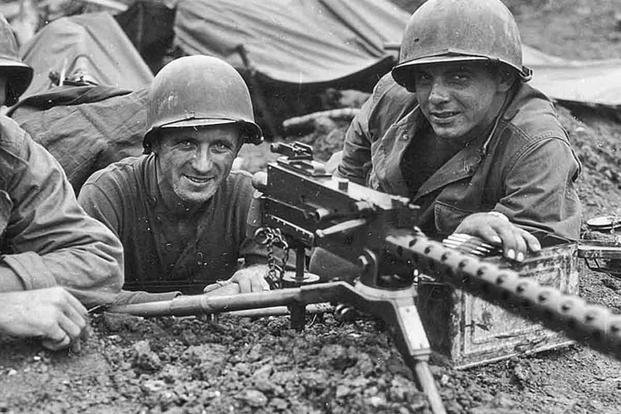When Gavrilo Princip shot Austrian Archduke Franz Ferdinand in Sarajevo, he did it with an FN Model 1910 pistol. The assassination of the archduke became the catalyst of World War I, which itself laid the groundwork for World War II, and later the Cold War.
This lightweight weapon was easily concealed and perfectly engineered by American firearms designer John Moses Browning. Browning’s weapons not only changed the course of the 20th century, it would help the United States win its coming conflicts and usher in the “American Century.”
A new book from former Philadelphia Inquirer reporter Nathan Gorenstein, “The Guns of John Moses Browning: The Remarkable Story of The Inventor Whose Firearms Changed the World,” details the list of Browning’s engineering feats. It tells the incredible history of the boy who built his first firearm in 1865 at age 10 from scrap parts in his father’s workshop to the designs that are still in use today.
Here are just a few of the enduring weapons, many of which are still beloved by the U.S. military.
1. M2 Browning .50-Caliber Machine Gun
Affectionately called “Ma Deuce,” the .50-cal was developed just before the end of World War I but didn’t enter active service until 1933. It has been used in every major American and NATO engagement ever since. It was first designed to penetrate the armor of tanks and bring down enemy aircraft, but Browning didn’t live to see it in use. He died in 1926.

It came at the request of American Expeditionary Forces commander Gen. John J. Pershing, who specifically asked for a larger-caliber weapon that fired rounds at a higher velocity than Browning’s previous machine gun, the M1917. It was so effective that other countries, including the Soviet Union, bought it or copied the design for themselves.
2. The Colt M1911
American troops fighting in the Philippines needed a sidearm that would stop Philippine rebels in their tracks, and the current sidearm, the .38-caliber M1892, just wasn’t cutting it. They demanded a new .45-caliber weapon for the purpose, so Colt turned to its designer, Browning.
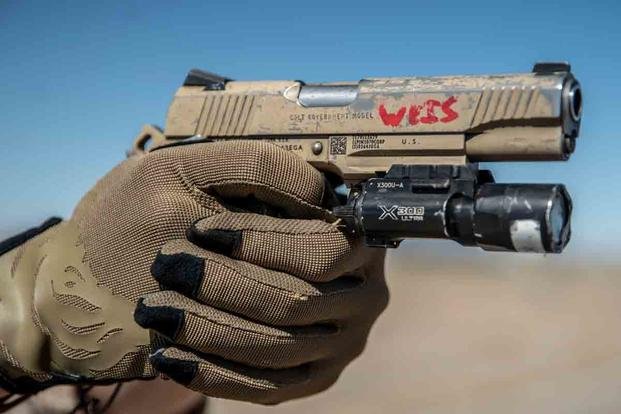
The pistol Browning created not only had the required stopping power, but it also might be the most durable pistol ever made. The 1910 Army trials put 6,000 rounds through Browning’s design, cooling it by dipping it in water. The weapon still fired perfectly. Today, the M1911 remains the favored sidearm of many U.S. special operations troops.
3. Winchester Model 1897
Although in use by the U.S. military long before World War I, the trenches of the Western Front is where the Model 1897 gained its enduring notoriety (or infamy, depending on which trench you were in). The shortened barrel available on the 1897 made it the perfect weapon for trench warfare.
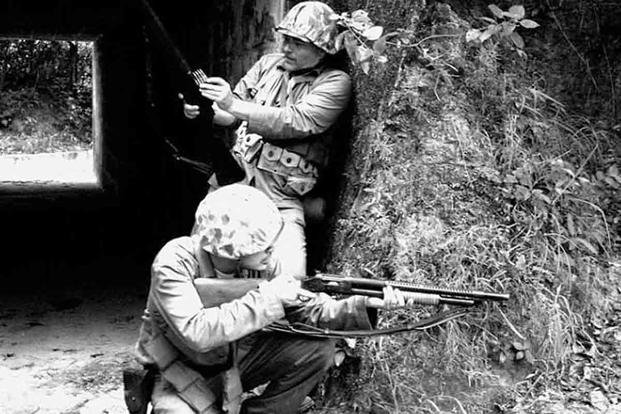
Not only was it good for shooting down enemy grenades, it became known as the “trench broom,” because its five-shot capacity was effective in clearing enemy trenches. It became so deadly in the trenches that the German government protested its use as an illegal weapon of war.
4. M1918 Browning Automatic Rifle (BAR)
The BAR was the light machine gun of World War II and the Korean War. Amazingly, it was designed to be fired from an infantryman’s hip while walking and actually saw action in World War I during the Meuse-Argonne offensive. With the BAR in the hands of American troops, the Americans pushed the Germans back more than nine miles before the war’s end.
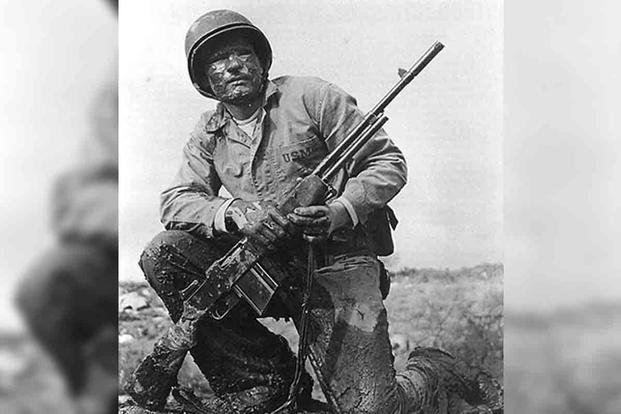
An upgraded version of the BAR was used in World War II and Korea, where the machine gun not only was desired by infantrymen, but it also was necessary. By the end of WWII, infantry squads were equipped with at least three Browning Automatic Rifles.
5. M1919 Browning Machine Gun
The Browning M1919 is the all-purpose machine gun used by the United States (and other countries) from World War II to the Vietnam War. It was a versatile weapon, used in various forms by a five-man machine gun team or it could be mounted on jeeps, tanks or landing craft. It also was adapted for use on aircraft.
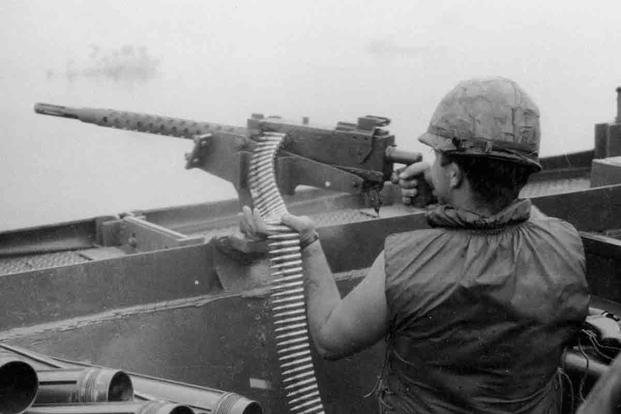
This belt-fed wonder was reliable for prolonged firing and when converted into a lighter machine gun, and it later was altered to be lighter and more portable than the original. It was adapted yet again for brown water navy boats in the Vietnam War. Many countries still employ the latest variants.
For more about the life, work and history on the designs of Browning, “The Edison of Firearms,” check out “The Guns of John Moses Browning: The Remarkable Story of The Inventor Whose Firearms Changed the World,” on sale now.
-- Blake Stilwell can be reached at blake.stilwell@military.com. He can also be found on Twitter @blakestilwell or on Facebook.
Want to Learn More About Military Life?
Whether you're thinking of joining the military, looking for post-military careers or keeping up with military life and benefits, Military.com has you covered. Subscribe to Military.com to have military news, updates and resources delivered directly to your inbox.
